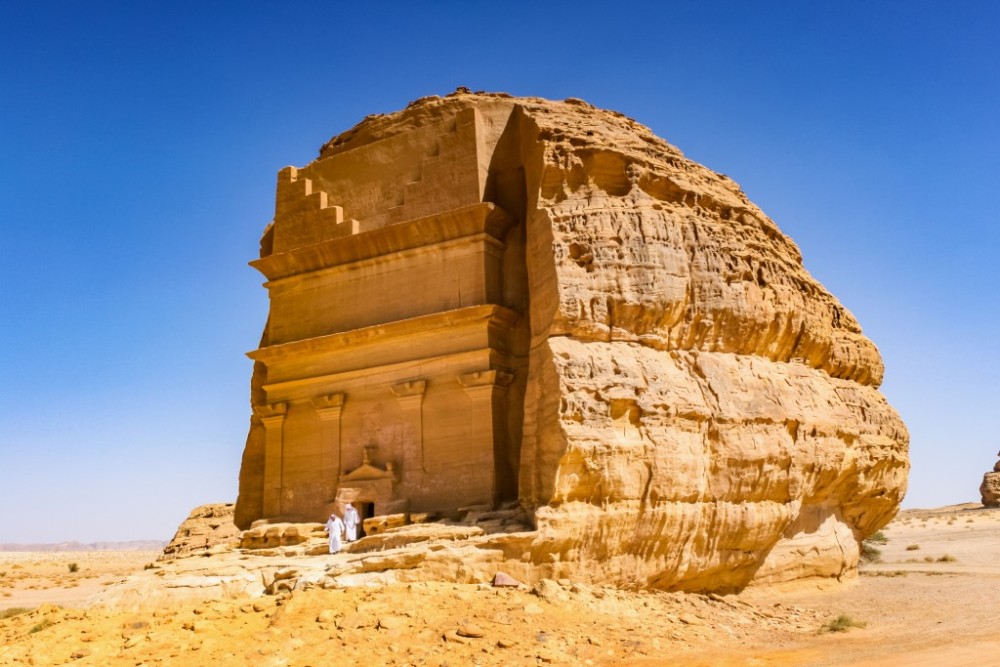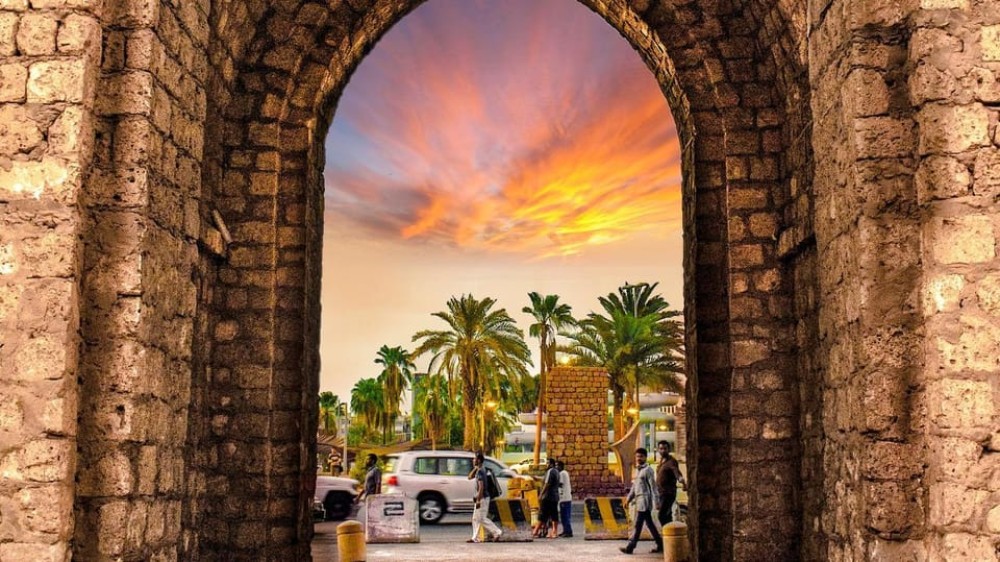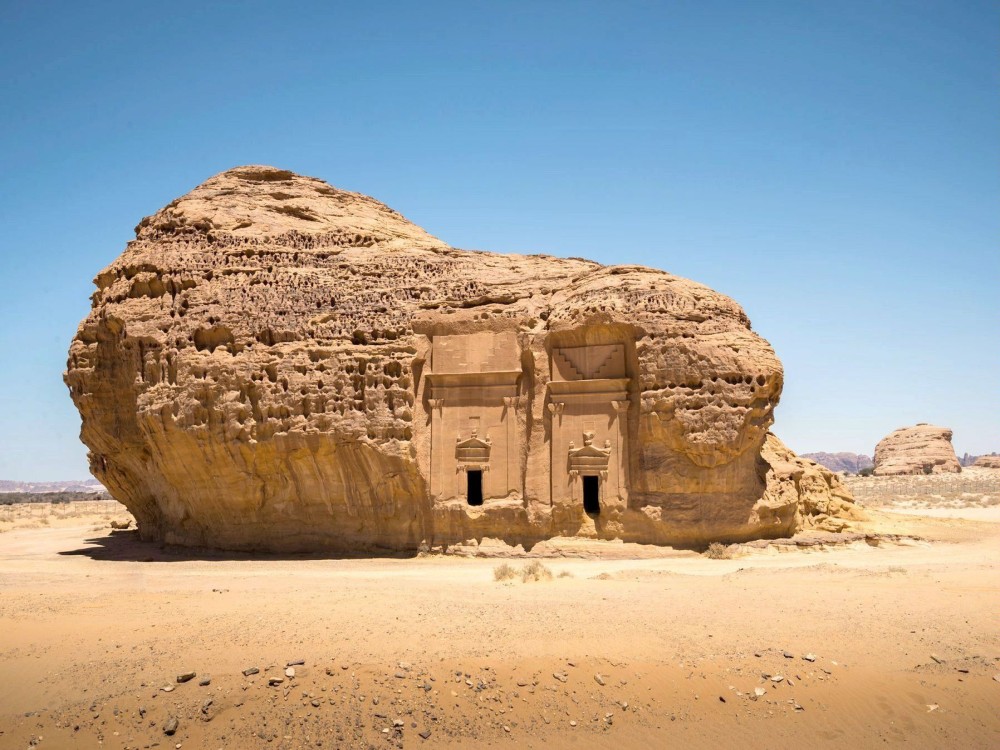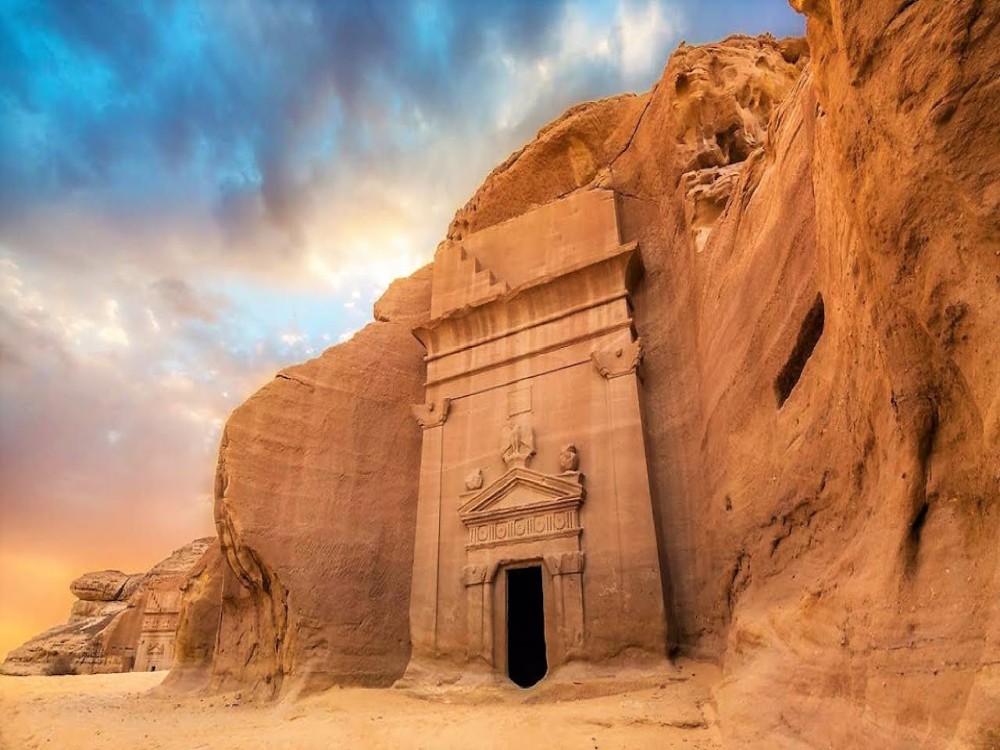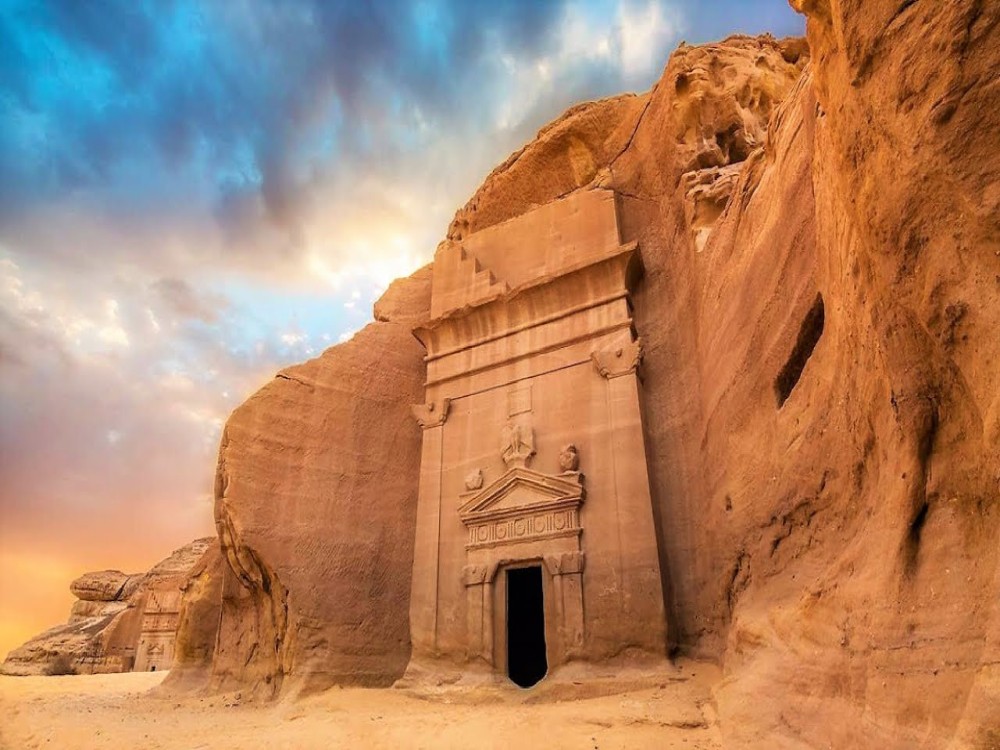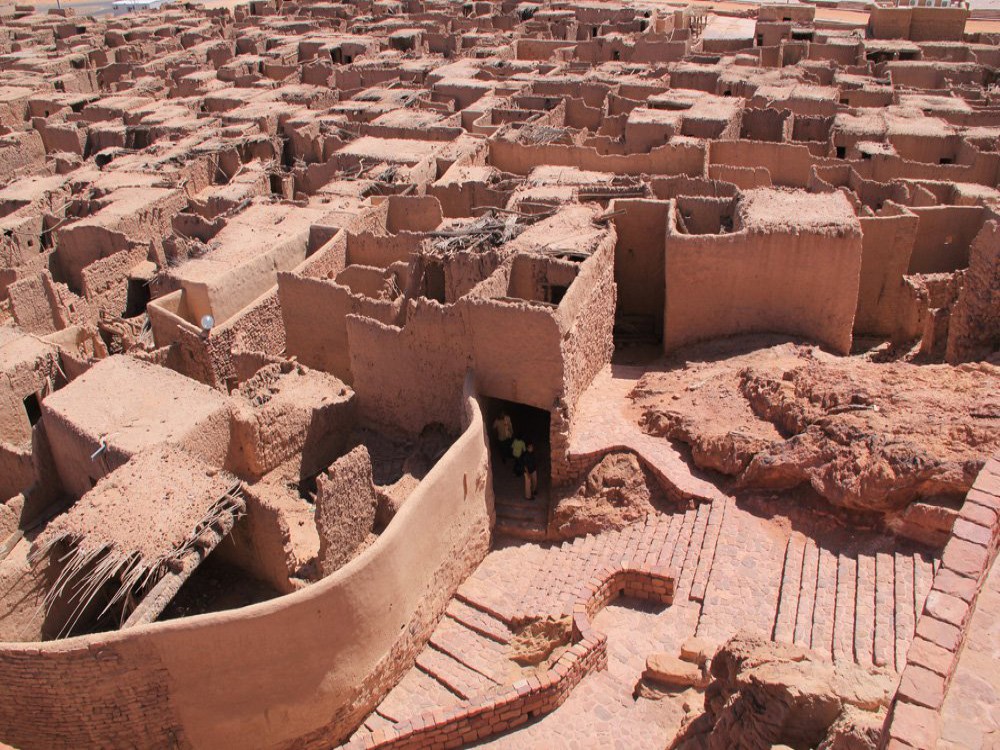Trip ideas for Al-Ula
Travel ideas you can do in Al-Ula
All about Al-Ula
When to Visit
The best time to visit Al-Ula is between October and March when the weather is mild, with daytime temperatures ranging between 15-25°C (59-77°F). This period is ideal for exploring outdoor attractions, hiking, and enjoying cultural festivals like Winter at Tantora, which features concerts, art installations, and unique activities. Summers (May to September) are extremely hot, making outdoor exploration challenging.
Getting Around
Al-Ula is best explored by car or through organized tours. Rental cars are available for those looking for flexibility, while guided tours provide valuable insights into the area’s history and landmarks. Shuttle services are often available for major attractions like Hegra and Dadan. Ride-hailing apps are not widely used, so arranging transportation in advance is advisable.
Traveler Tips
Book tickets to popular sites like Hegra in advance to secure a spot. Dress modestly and comfortably, especially for outdoor excursions. Carry water, sunscreen, and a hat to stay hydrated and protected from the sun. Don’t miss landmarks like Elephant Rock, Al-Ula Old Town, and Maraya, a mirrored concert hall that blends modernity with the landscape. Guided tours are highly recommended to learn about Al-Ula’s rich history and geology. Try traditional Saudi dishes at local eateries and explore the region’s cultural festivals for a deeper experience. Respect the environment by following marked trails and minimizing waste.
3
Activities & Trip
0
Total Reviews
People Also Ask
What is Al-Ula known for?
Al-Ula is famous for its Nabatean tombs, ancient rock carvings, and stunning sandstone landscapes.
When is the best time to visit Al-Ula?
The best time is October to March for mild weather and outdoor exploration.
Do I need a visa to visit Al-Ula?
Yes, most visitors need a Saudi tourist visa, which can often be obtained online.
What currency is used in Al-Ula?
The currency is the Saudi Riyal (SAR).
What are the must-see places in Al-Ula?
Top spots include Hegra (Madain Saleh), Elephant Rock, Al-Ula Old Town, and Dadan.
Is Al-Ula safe for tourists?
Yes, Al-Ula is safe, with well-organized tours and facilities for visitors.
What language is spoken in Al-Ula?
Arabic is the official language, but English is often spoken by tour guides and at tourist sites.
What’s the best way to get around Al-Ula?
Rent a car or join guided tours for convenience and access to key attractions.
What food should I try in Al-Ula?
Try traditional Saudi dishes like kabsa, grilled meats, and dates.
How long should I stay in Al-Ula?
A 2-4 day trip is ideal to explore the region’s historical sites and natural beauty.
Frequently Asked Question
The answers provided below are based on answers previously given by the tour provider to customers’ questions.
What are the top things to do in Al-Ula?
The top things to do in Al-Ula are:
What are the top activities in Al-Ula?
Top activities in Al-Ula include:
What do I need to know before visiting Al-Ula?
Check out these top Al-Ula travel ideas:
Copyright © 2025 All Rights Reserved



